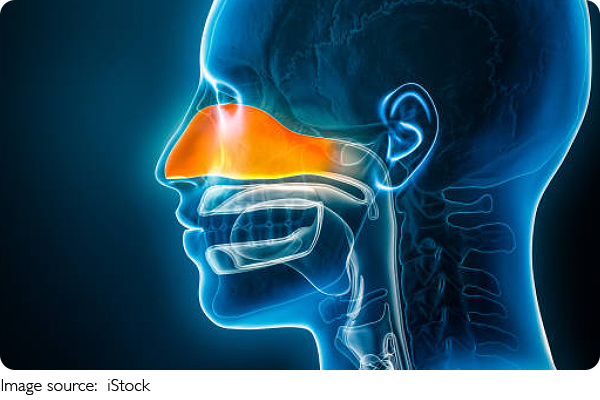Worry About Nosebleeds?

Nosebleeds, medically known as epistaxis, are a common occurrence affecting people of all ages.
While most episodes are harmless and resolve spontaneously, certain patterns and accompanying symptoms may signal underlying health issues that require prompt medical attention.
Common Causes and Types of Nosebleeds
Nosebleeds generally originate from the delicate blood vessels in the nasal mucosa. The majority arise from the anterior part of the nose (Kiesselbach's plexus) and are often triggered by dry air, nasal trauma, allergies, or frequent nose picking. Posterior nosebleeds, originating deeper in the nasal cavity, tend to be less common but more severe.
When Are Nosebleeds a Cause for Concern?
Several red flags suggest that a nosebleed warrants further investigation:
Frequency and Duration: Recurrent nosebleeds occurring more than once a week or lasting longer than 20 minutes despite basic first aid measures.
Volume of Blood Loss: Profuse bleeding that soaks through multiple tissues or causes dizziness, weakness, or signs of anemia.
Underlying Medical Conditions: Patients with bleeding disorders (e.g., hemophilia, von Willebrand disease), hypertension, or those on anticoagulant therapy should be vigilant.
Associated Symptoms: Nosebleeds accompanied by facial trauma, nasal deformity, persistent nasal obstruction, or systemic symptoms such as unexplained bruising or bleeding elsewhere.
Age Considerations: In elderly patients, frequent nosebleeds may reflect vascular fragility or systemic disease, while in children, they often relate to local irritation but still require evaluation if severe.
Diagnostic Evaluation: Beyond the Bleeding
A thorough history and physical examination are essential. Physicians assess bleeding severity, frequency, and potential triggers. Laboratory tests may include complete blood count, coagulation profiles, and blood pressure measurement. In complex cases, nasal endoscopy or imaging studies help identify structural abnormalities, tumors, or vascular malformations.
Dr. Brian J. Mitchell, DO, an otolaryngologist (ENT), emphasizes, "Identifying the cause is key to effective management. Sometimes, what appears as a simple nosebleed masks significant underlying pathology."
Management and Treatment Options
Initial management focuses on controlling bleeding through direct pressure, nasal packing, or topical vasoconstrictors. For recurrent or severe cases, cauterization of bleeding vessels or surgical intervention may be necessary. Patients on blood thinners require careful coordination between hematologists and otolaryngologists to balance bleeding risk and anticoagulation needs.

Preventive Measures and Lifestyle Adjustments
Maintaining nasal mucosa hydration with saline sprays, using humidifiers in dry environments, and avoiding nasal trauma reduce the incidence of nosebleeds. Addressing modifiable risk factors such as uncontrolled hypertension and managing allergies also play vital roles.
When to Seek Emergency Care
Immediate medical attention is warranted if nosebleeds:
- Persist beyond 20 minutes despite pressure.
- Are associated with difficulty breathing or swallowing.
- Occur after significant trauma or head injury.
- Cause symptoms of shock such as fainting, rapid heartbeat, or confusion.
While most nosebleeds are benign and manageable at home, certain signs and contexts demand professional evaluation. Dr. David W. Jang, an otolaryngologist and expert in nasal and sinus surgery, emphasizes, "Understanding when to worry about nosebleeds can prevent serious complications and guide timely treatment."
-
 Seoul's Iconic PalaceHow to explore Seoul's iconic palace beyond the photo ops and main gates!
Seoul's Iconic PalaceHow to explore Seoul's iconic palace beyond the photo ops and main gates! -
 Lake Bled's Secret SideThis Fairytale Lake Has a Hidden Trail Most Tourists Miss—Here's Why It Matters!
Lake Bled's Secret SideThis Fairytale Lake Has a Hidden Trail Most Tourists Miss—Here's Why It Matters! -
 Lake Louise WondersDiscover the breathtaking beauty and year-round adventures of Lake Louise, the Canadian Rockies' stunning blue jewel.
Lake Louise WondersDiscover the breathtaking beauty and year-round adventures of Lake Louise, the Canadian Rockies' stunning blue jewel.